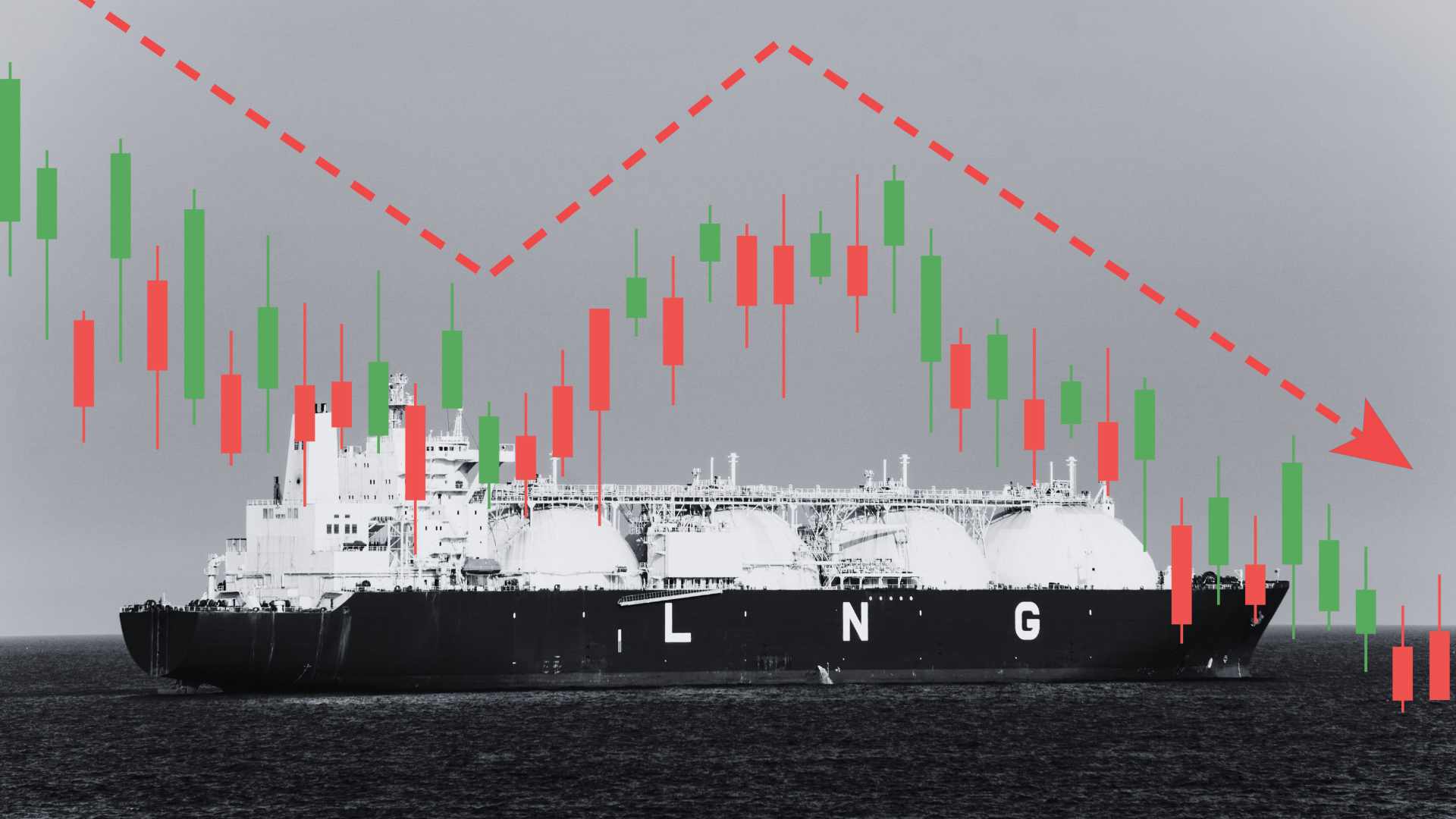
PECR releases research on private equity’s risky LNG playbook
April 3, 2024
New research by the Private Equity Climate Risks consortium follows private equity’s role in U.S. liquefied natural gas emissions. Private equity (PE) has played a significant role in driving investments in the Liquefied Natural Gas (LNG) industry, particularly in financing both existing and proposed LNG export terminals. Despite recent setbacks, such as paused projects affecting returns and investors, PE firms continue to dominate the landscape, with six major players leading the financing in this sector: PIMCO, Brookfield, KKR, Blackstone, York Capital Management, and Global Infrastructure Partners (GIP).
In fact, 85% of currently operating LNG terminals have received investments from PE firms, totaling emissions equivalent to over 28 million metric tons of CO2 annually. Moreover, these firms are eyeing further expansion, potentially resulting in emissions equivalent to those of 242 natural gas-fired power plants per year.
One prominent example is GIP’s investment in the Rio Grande LNG terminal, illustrating how PE firms are capitalizing on opportunities as other investors retreat due to climate concerns. This investment to build the terminal in South Texas comes as Wall Street giant BlackRock attempts to acquire GIP, a move which would triple Black Rock’s private infrastructure business, positioning it as a major player in the LNG industry.
However, this rapid expansion comes with environmental repercussions. LNG production is associated with significant greenhouse gas emissions, contributing to the Biden administration’s decision to pause and re-evaluate whether LNG contributes to the public interest. The emissions from just seven LNG terminals currently surpass 28 million metric tons of CO2 equivalent annually, highlighting the urgent need for environmental considerations in investment decisions.
At its core, LNG is primarily composed of methane, a potent greenhouse gas with eighty times the atmospheric warming potential of CO2 over a 20-year time period. Despite claims by industry groups and companies positioning LNG as a clean energy alternative, research suggests otherwise. In fact, LNG may prove to be worse than coal in terms of its environmental impact.
While industry narratives often focus on emissions solely from power plants burning gas versus coal, a comprehensive lifecycle analysis reveals a more nuanced picture. Emissions throughout the LNG value chain—from extraction and production to liquefaction, transportation, and regasification—contribute significantly to its overall environmental footprint. This broader perspective potentially doubles the expected methane emissions from LNG, challenging the notion of its environmental superiority.
As institutional investors increasingly prioritize climate goals, they must assess the transitional risks posed by investments in LNG projects. With PE firms driving much of this expansion, the industry’s environmental impact requires careful scrutiny. There is still time for investment funds to transition away from their current LNG exposure. All investors should seriously consider the financial risks of having their capital tied up in these terminals.

